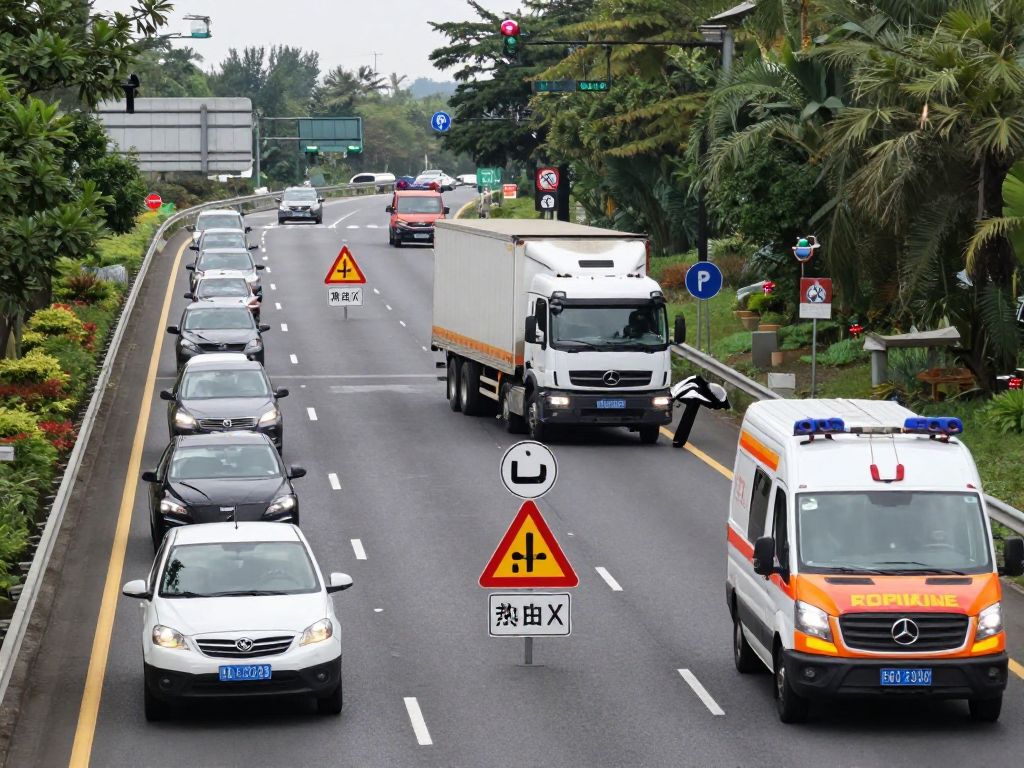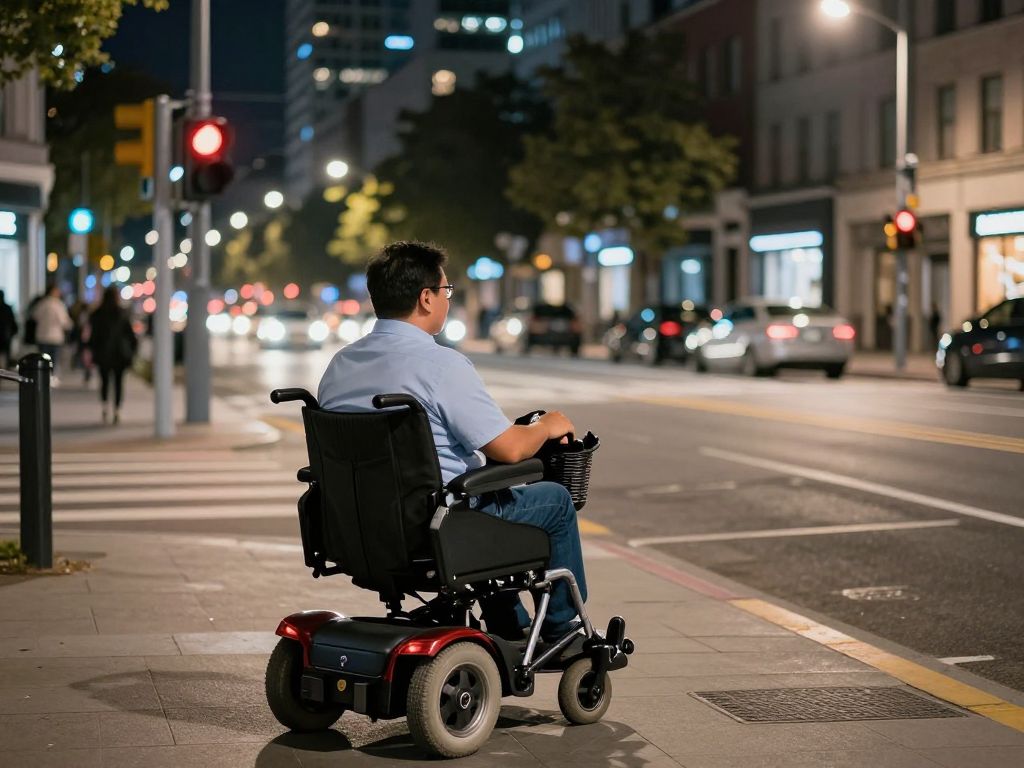News Summary
Phoenix is experiencing rapid growth and change, with a surge in population and new developments transforming its downtown area. The construction of over 2,000 new apartment units is a response to the increasing demand for housing, as the city becomes the fifth-largest in the U.S. Meanwhile, diversification of the economy and advancements in technology, including driverless cars, position Phoenix as a dynamic urban hub facing challenges related to housing affordability and infrastructure development.
Phoenix is undergoing a historic transformation as the city’s population continues to swell and its economy flourishes. With construction cranes dotting the skyline and an influx of new housing, downtown Phoenix is rapidly changing from a previously underutilized area into a bustling urban center.
In just one year, over 2,000 new apartment units are expected to enter the market, signaling high demand for housing. Phoenix’s population growth has been remarkable, surpassing Philadelphia to become the fifth-largest city in the United States. Daily, an average of 280 more people relocate to Phoenix than leave, drawn by the promise of a robust job market and improved entertainment options.
The Phoenix housing market has seen particularly vigorous activity. Homebuilders in Maricopa County added 38,310 new housing units in 2024, making it the highest in the nation. As the city continues to evolve, its historic water management system, including the over 100-year-old Roosevelt Dam, becomes increasingly crucial in addressing the challenges posed by its desert environment.
Beyond housing, downtown Phoenix has diversified its economic landscape significantly. The completion of plans for a medical school and the establishment of two professional sports teams reflect the area’s growing cultural and economic importance. The representation of all three public Arizona universities in downtown further emphasizes this growth. In addition, major industries, particularly those driven by foreign investment, contribute to the economy, with the anticipated arrival of a $165 billion plant by Taiwan Semiconductor Manufacturing Co. bolstering Arizona’s attractiveness to international investors.
As Phoenix continues to innovate, it is leading in the development and adoption of driverless car technologies, making it home to the largest contiguous operating territory for Waymo, a significant advancement in transportation. Furthermore, plans for advanced aerial transportation systems, including flying cars, are being discussed, showcasing the city’s commitment to technological progress.
However, the rapid transformation is not without its challenges. While some areas thrive, others, such as Maryvale, are experiencing slower growth characterized by complex changes, including gentrification. Despite its historical affordability, Maryvale faces rising housing prices as new developments reshape the landscape, leading to concerns among existing residents about housing costs.
The food and entertainment scene in Phoenix has improved dramatically, offering a vibrant urban experience that attracts more residents and tourists. Nevertheless, the need for affordable housing remains critical. Development agreements now require that a percentage of new residential units serve as workforce housing, though this may decline as the city becomes more prosperous.
As Phoenix continues to grow, infrastructure improvements are essential to support the burgeoning population. The South Central Extension of the Valley Metro light rail system is projected to draw substantial investment to southern Phoenix, reinforcing the importance of efficient public transportation alongside maintaining the area’s livability.
Moreover, heat-related issues, accentuated by rising temperatures, highlight the need for sustainable infrastructure and cooling options for residents. Arizona Public Service has noted a significant spike in demand for power, placing additional pressure on resources in light of the city’s population growth.
In the context of these changes, city officials recognize the necessity for ongoing efforts to enhance public transportation efficiency and maintain a vibrant, livable downtown area. With less than half of the population holding a higher education degree, having trained and educated workers will be essential for securing the city’s future economic prosperity.
As the transformation of Phoenix continues, initiatives are underway to ensure that housing remains accessible and affordable for all. The revitalization of downtown Phoenix stands as a testament to the city’s dynamic growth and resilience, paving the way for a promising future.
Deeper Dive: News & Info About This Topic
HERE Resources
Affordable Rental Options in Phoenix Amid Rising Prices
Scottsdale Sees Increase in Homeless Population
Axon Ends Scottsdale Negotiations Over Headquarters Project
Arizona’s Prison System Faces Crisis Amid Violence and Shortages
Fairlife Faces Allegations of Animal Cruelty from Dairy Sources
U.S. Rent Market Sees Median Asking Rent Decline
Arizona Cities Shine in Best Places to Live Rankings 2025-2026
Rising Eviction Rates in Phoenix Raise Alarm
Tides on Cave Creek Apartment Complex Sold for $61.2 Million
Phoenix Suburb Ranks as Second-Fastest Growing City in the U.S.
Additional Resources
- AZ Big Media: Booming Downtowns Phoenix
- Wikipedia: Phoenix, Arizona
- ABC15: Downtown Phoenix Development Boom
- Google Search: Phoenix development 2025
- AZ Central: Hotel Development in Downtown Phoenix
- Encyclopedia Britannica: Phoenix
- Copper Courier: Affordable Workforce Housing in Downtown Phoenix
- Google News: Phoenix affordable housing

Author: STAFF HERE PHOENIX WRITER
The PHOENIX STAFF WRITER represents the experienced team at HEREPhoenix.com, your go-to source for actionable local news and information in Phoenix, Maricopa County, and beyond. Specializing in "news you can use," we cover essential topics like product reviews for personal and business needs, local business directories, politics, real estate trends, neighborhood insights, and state news affecting the area—with deep expertise drawn from years of dedicated reporting and strong community input, including local press releases and business updates. We deliver top reporting on high-value events such as the Waste Management Phoenix Open, Cactus League Spring Training, and Arizona State Fair. Our coverage extends to key organizations like the Greater Phoenix Chamber of Commerce and Visit Phoenix, plus leading businesses in technology and healthcare that power the local economy such as Intel and Banner Health. As part of the broader HERE network, including HERETucson.com, we provide comprehensive, credible insights into Arizona's dynamic landscape.





